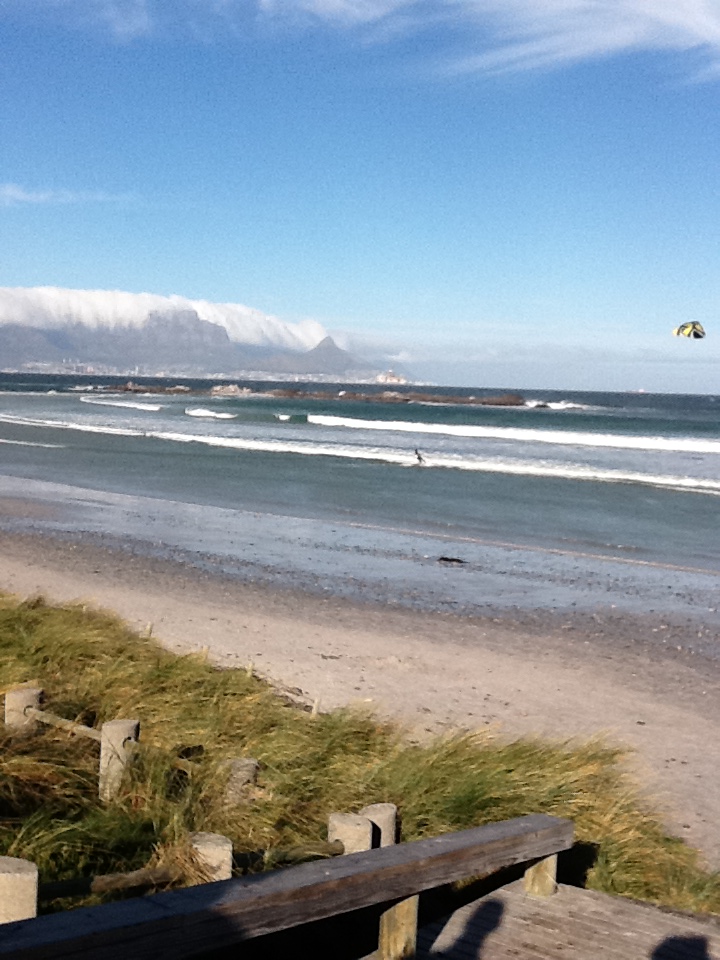A few weeks ago I had the pleasure of sharing a conversation with a kitesurfing expert at the beautiful Blouberg Beach in Cape Town. Whilst discussing the beauty of the area and the increased interest in kitesurfing, a national kitesurfing champion was enjoying the waves between us and the scenic Table Berg Mountain.
I decided to ask a few questions about the sport and find some more information on the safety measures to protect the participants.
We find an interesting piece on kite surfing safety on the Blog at Insurance Chat on the topic of extreme sports and insurance. I would like to quote from info provided by the Life Underwriting Department at OUTsurance:
“The activities that are considered extreme or dangerous evolve over time. For example kite surfing used to be considered extreme, but isn’t looked at so harshly anymore.”
What is Kite surfing?
Kitesurfing or Kiteboarding is an adventure surface water sport that has been described as combining wakeboarding, windsurfing, surfing, paragliding and gymnastics into one extreme sport. Kitesurfing harnesses the power of the wind to propel a rider across the water on a small surfboard or a kiteboard (similar to a wakeboard). The terms kiteboarding and kitesurfing are interchangeable. There are a number of different styles of kiteboarding, including freestyle (most common and utilises standard kite and board) or wake-style (flatter water using board with bindings) and wave-riding which is focused on big waves using a board designed for wave riding.
Kitesurfing Method and Popularity
A kitesurfer or kiteboarder uses a board with or without foot-straps or bindings, combined with the power of a large controllable kite to propel the rider and the board across the water. In 2006, the number of kitesurfers has been estimated at around 150,000 to 210,000, with 114,465 inflatable kites sold that same year. Riding styles have evolved to suit riders and conditions, such as wakestyle, waveriding, freestyle, freeride, jumping, and cruising.
Improvements in Safety
Although kitesurfing is an extreme sport, its safety record is improving due to advances in hybrid and bow kite designs and the ability to control the power that they provide, effective safety release systems, and wider availability of kiteboarding schools and the resulting improving teaching standards as the sport matures… [Wikipedia]
We would like to focus in a few more blog posts on accident avoidance in kitesurfing and the importance of training to reduce the risks. Shaun from Cabrinha has kindly offered to assist in providing more information on this topic.
